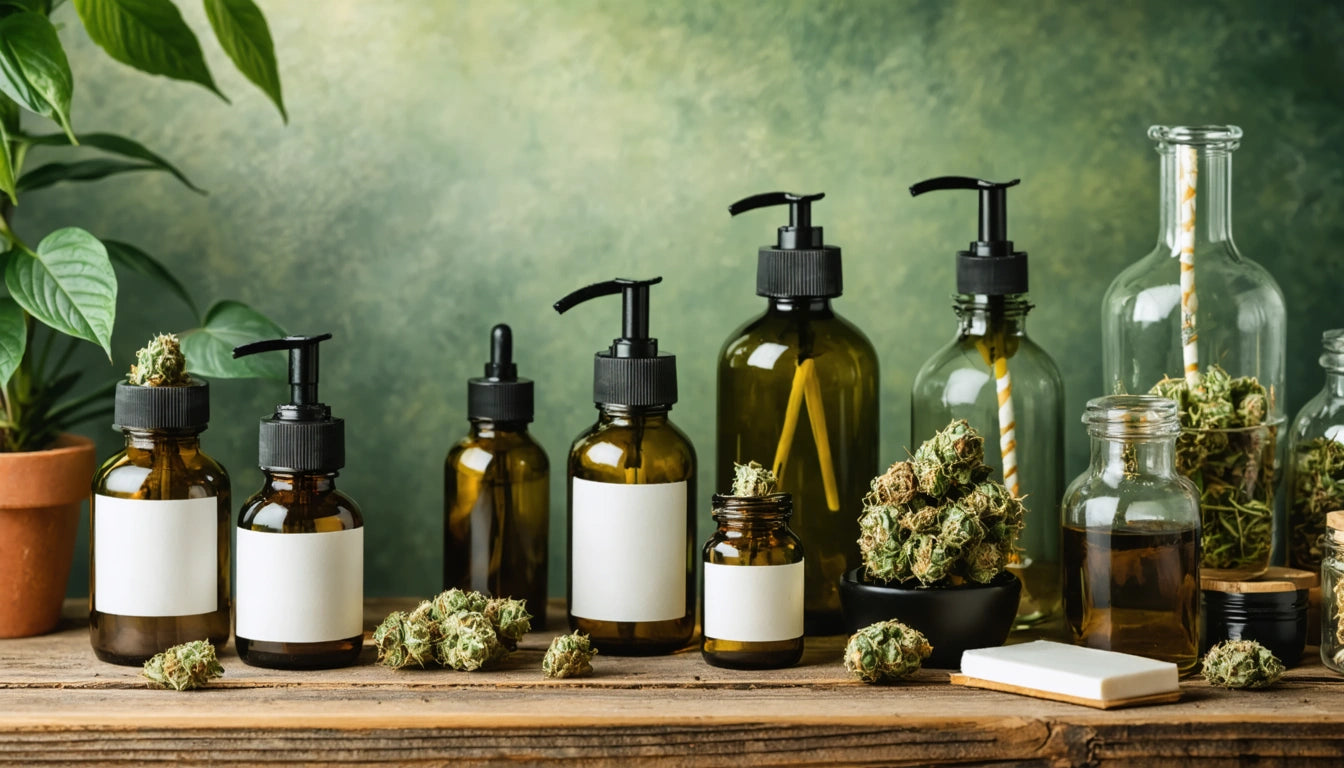Table of Contents
State-by-State Packaging Rules for Delta-8 and Delta-9
Navigating the complex regulatory landscape for Delta-8 and Delta-9 THC products requires understanding the diverse packaging requirements across different states. As these cannabinoids continue to gain market share, manufacturers must adapt to a patchwork of state-specific regulations to ensure compliance and avoid costly penalties.
Understanding Delta-8 vs Delta-9: Packaging Implications
The chemical structure difference between Delta-8 and Delta-9 THC creates significant regulatory distinctions. From a packaging standpoint, Delta-9 THC products typically face stricter regulations as they're considered traditional cannabis products in most states. Delta-8, derived from hemp, often exists in a regulatory gray area, though this is rapidly changing as states implement specific rules.
This distinction impacts everything from child-resistant requirements to warning label specifications. For producers using commercial-grade processing equipment for material preparation, understanding these differences is crucial for proper downstream packaging compliance.
Core Compliance Requirements Across States
Child-Resistant Packaging
Most states require child-resistant packaging for both Delta-8 and Delta-9 products, particularly for edibles. According to compliance experts, child-resistant packaging for gummies is mandatory in nearly all states where these products are legal, regardless of Delta variant.
Warning Labels
Warning label requirements vary significantly by state, but commonly include:
- Age restrictions (21+)
- Pregnancy warnings
- Consumption advice
- THC content disclosures
- Driving/machinery operation warnings
The specific language required on these warnings differs by state, making universal packaging challenging for multi-state operators.
Most Restrictive State Requirements
States with adult-use cannabis programs often apply similar stringent packaging rules to both Delta-8 and Delta-9 products. California, Colorado, and Massachusetts lead with the most comprehensive requirements:
California
California requires opaque, child-resistant packaging for all THC products, with specific warning symbol placement and THC content displayed prominently. Proper labeling must include state-specific warning language and cannabinoid testing results.
Colorado
Colorado mandates universal symbols on all THC products, regardless of whether they're Delta-8 or Delta-9. The state also requires detailed batch testing information and specific warning language about intoxication risks.
Moderately Regulated States
States like Florida, Arizona, and Michigan have established specific regulations for Delta-8 products that differ somewhat from their Delta-9 requirements:
Florida
Florida requires child-resistant packaging for all hemp-derived cannabinoid products, including Delta-8. Products must clearly state total THC content and include batch numbers for traceability. State-specific rules also mandate QR codes linking to certificates of analysis.
Michigan
Michigan recently implemented specific Delta-8 regulations requiring similar packaging standards to their medical and recreational cannabis programs, including child-resistant features and detailed warning labels.
States with Minimal Regulations
Some states have minimal specific requirements for Delta-8 products, though this doesn't mean products can be packaged without precautions:
Texas
Texas allows hemp-derived Delta-8 products with minimal specific packaging requirements beyond general consumer product standards, though industry best practices still recommend child-resistant packaging and comprehensive warning labels.
Ohio
Ohio permits Delta-8 products with basic labeling requirements that include cannabinoid content and standard consumer warnings, though specific THC-related warnings aren't clearly mandated in state law.
Packaging Best Practices for Multi-State Distribution
For brands operating across multiple states, creating compliant packaging requires strategic approaches:
- Design for the most restrictive states and apply those standards universally
- Utilize modular label systems that can be customized by state
- Implement QR codes linking to state-specific compliance information
- Maintain separate SKUs for states with unique requirements
- Regularly audit packaging against updated regulations
State packaging laws for Delta-9 continue to evolve, requiring constant vigilance from compliance teams. Similarly, Delta-8 label compliance across all 50 states remains challenging due to rapidly changing regulations.
Navigating the Evolving Regulatory Landscape
The regulatory environment for both Delta-8 and Delta-9 products continues to evolve rapidly. Manufacturers should anticipate:
- Increasing standardization of packaging requirements across states
- More specific regulations targeting Delta-8 products
- Greater emphasis on third-party testing verification
- Expanded warning label requirements
- Potential federal oversight changes
Staying ahead of these changes requires constant monitoring of state regulations and proactive packaging design that anticipates stricter requirements. By implementing comprehensive compliance strategies now, brands can avoid costly repackaging and potential regulatory penalties in the future.











Leave a comment
All comments are moderated before being published.
This site is protected by hCaptcha and the hCaptcha Privacy Policy and Terms of Service apply.